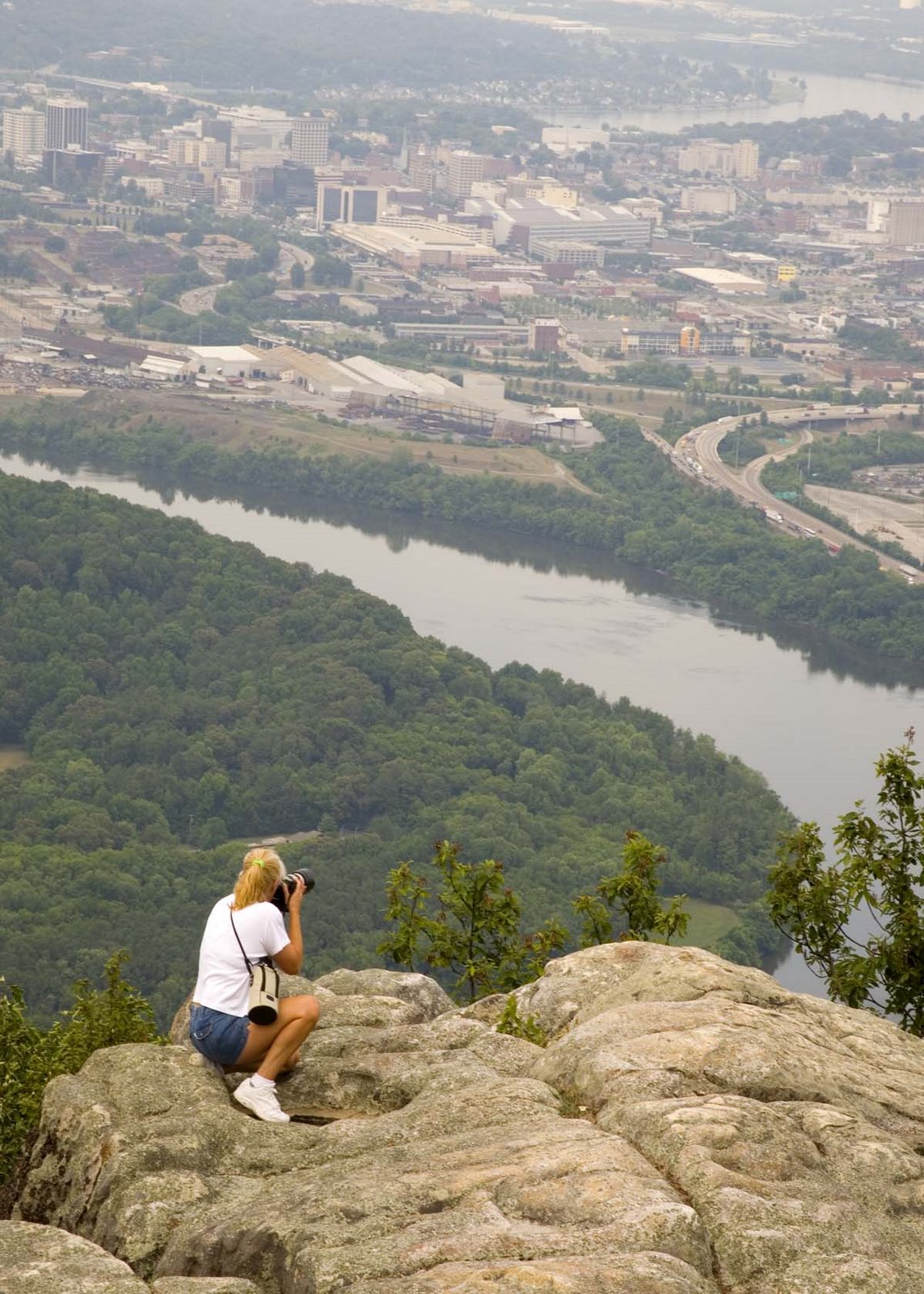4: TIMING OF FORMAL PORTRAITS: You and your spouse will need to decide when to shoot the formal portraits of both of you, as well as the wedding party, family and friends. Some brides prefer to do this before the actual ceremony, others only want this to occur after the ceremony. It is completely up to you and your spouse. Just be sure to let me know well before your wedding day so I can plan accordingly, and be sure to let the members of your family and wedding know as well so there are no unhappy surprises or delays on your wedding day.
5: FLOWER SHOTS: I’ll need access to a wedding invitation, your flowers, and the rings for those special photographs before the wedding. Usually I do these shots either in a dressing room or other out-of-the-way place shortly before the ceremony.
WEDDING DAY:
1: Bill and I will arrive at least an hour before the time of the wedding, depending on the size of your wedding and the wedding package you’ve chosen. If the wedding party is getting ready at a place other than the wedding site (sometimes call the “preparation site”), we’ll meet you there instead. Often, the male members of the wedding party are at one site, and the women at another. This will be fine, as Bill will be shooting with the guys, and I’ll be with you and your bridesmaids. If the wedding party is getting ready at a “preparation site”, we’ll leave it early enough to arrive at the wedding site in time for shooting the arrival of guests, as well as the family members and, of course, the wedding party.
2: Once the pre-ceremony begins, Bill will be in the church or wedding site to photograph the music and other parts of the pre-ceremony events. He’ll also get the wedding party coming down the aisle.
3: I’ll be with you to get the father/daughter shots, etc.. Then, I’ll be in the center aisle to shoot when you come down the aisle.
4: For most of the ceremony, Bill and I will be in the outer aisles or at the back of the church, trying to be as unobtrusive as possible, but also trying to get great shots. Let me know if there will be a mass or communion taking place during the ceremony, as we do not want to intrude during this with flashes going off.
5: Once the pastor, priest or other officiant pronounces you husband and wife, I’ll be back in the center aisle to capture “the kiss”, and get shots of you leaving.
This article will continue next week.


